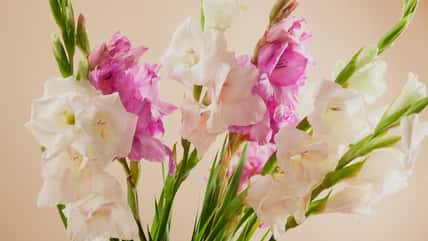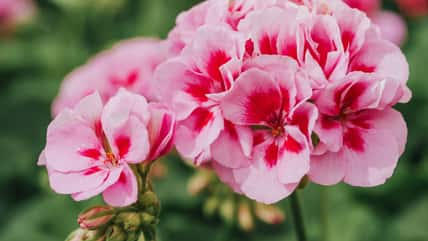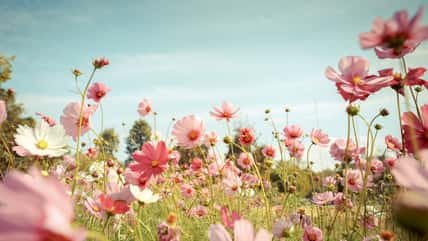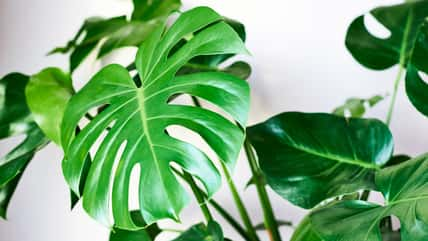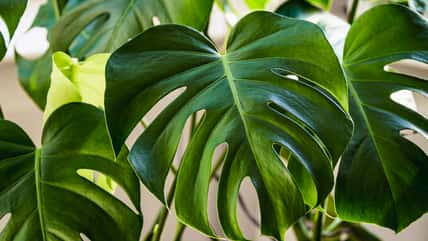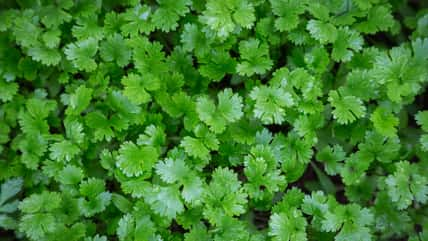The Jade Plant Is A Perfect Low-Maintenance Houseplant That’s Said To Bring Both Prosperity And Good Fortune
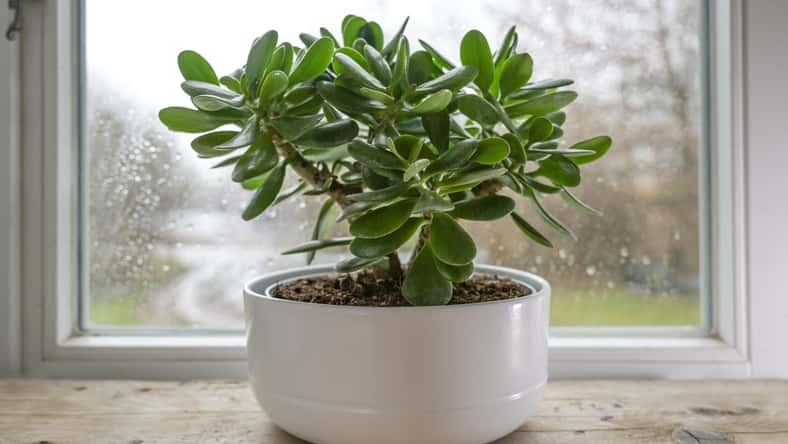
Let’s face it: we all love the idea of having lush, vibrant greenery in our homes, but not everyone has the time or green thumb to keep up with demanding plants.
Enter the jade plant– your new low-maintenance buddy that will ask for little but give back a whole lot of charm and elegance.
Perfect for beginners and seasoned plant enthusiasts alike, the jade plant is ready to win a spot in your space with its easygoing nature.
The Allure Of The Jade Plant
The jade plant, or Crassula ovata, carries an air of grace with its glossy, spoon-shaped leaves perched on woody stems.
Often referred to as the money plant or lucky plant, it is believed to symbolize prosperity and good fortune.
Plus, beyond its aesthetic and symbolic appeal, the ease with which it adapts to the indoor environment is remarkable, making it a popular choice for many plant lovers.
How To Grow A Jade Plant
If you’re looking to add this plant to your home, growing it is quite simple. You should start by selecting a healthy cutting– ideally, a two-to-four-inch long stem with a pair of leaves.

Maren Winter – stock.adobe.com – illustrative purposes only
This cutting should be left to air dry for several days, allowing a callus to form over the cut surface.
Then, once ready, it should be planted in a well-draining soil mix commonly used for succulents. This will kick-start a slow yet rewarding process as roots begin to establish themselves and new growth starts to appear.
Creating A Nurturing Environment
In order to thrive, the jade plant requires an environment that mirrors its native arid habitat.
The choice of soil is crucial, and a mix specifically designed for cacti or succulents, ensuring proper drainage, works best.
Jade plants also relish bright light and will flourish near a sunny windowsill. However, they are also known to adapt to indirect light, making them a versatile choice for all sorts of living arrangements.
When it comes to watering, it’s best to approach this with a philosophy of “less is more.”
The soil must be allowed to dry out entirely before introducing water again. Keep in mind that overwatering can lead to drooping leaves, a sign of distress.
So, during the growing seasons of spring and summer, an application of a balanced, water-soluble fertilizer every three to four weeks can provide the necessary nutrients.
How To Navigate Pruning
Pruning a jade plant is an art that combines both maintenance and aesthetics.
Using just a pair of clean, sharp scissors, dead or damaged leaves can be removed, and elongated stems can be trimmed.
Regular pruning will encourage fuller growth and help maintain the plant’s desired shape and size.
Addressing Common Issues
Despite their sturdiness, it’s not uncommon for jade plants to encounter a few problems.
Primarily, overwatering can lead to drooping leaves, meaning that there needs to be an adjustment in your watering schedule.
Also, certain pests, such as mealybugs and spider mites, can be tackled by wiping the leaves with a mixture of soapy water or using insecticidal soap.
Still, jade plants are known to be timeless and easy household companions.
By taking the time to provide them with the right conditions and showing them a bit of attention, you could enjoy the beauty of this classic houseplant for years to come.
If true crime defines your free time, this is for you: join Chip Chick’s True Crime Tribe
Her Cousin Embarrassed Her In Front Of Everyone In A Restaurant For Having A Big Nose
In 1965, This Toddler Mysteriously Disappeared From Her Home While Playing In The Front Yard
Sign up for Chip Chick’s newsletter and get stories like this delivered to your inbox.
More About:Gardening
